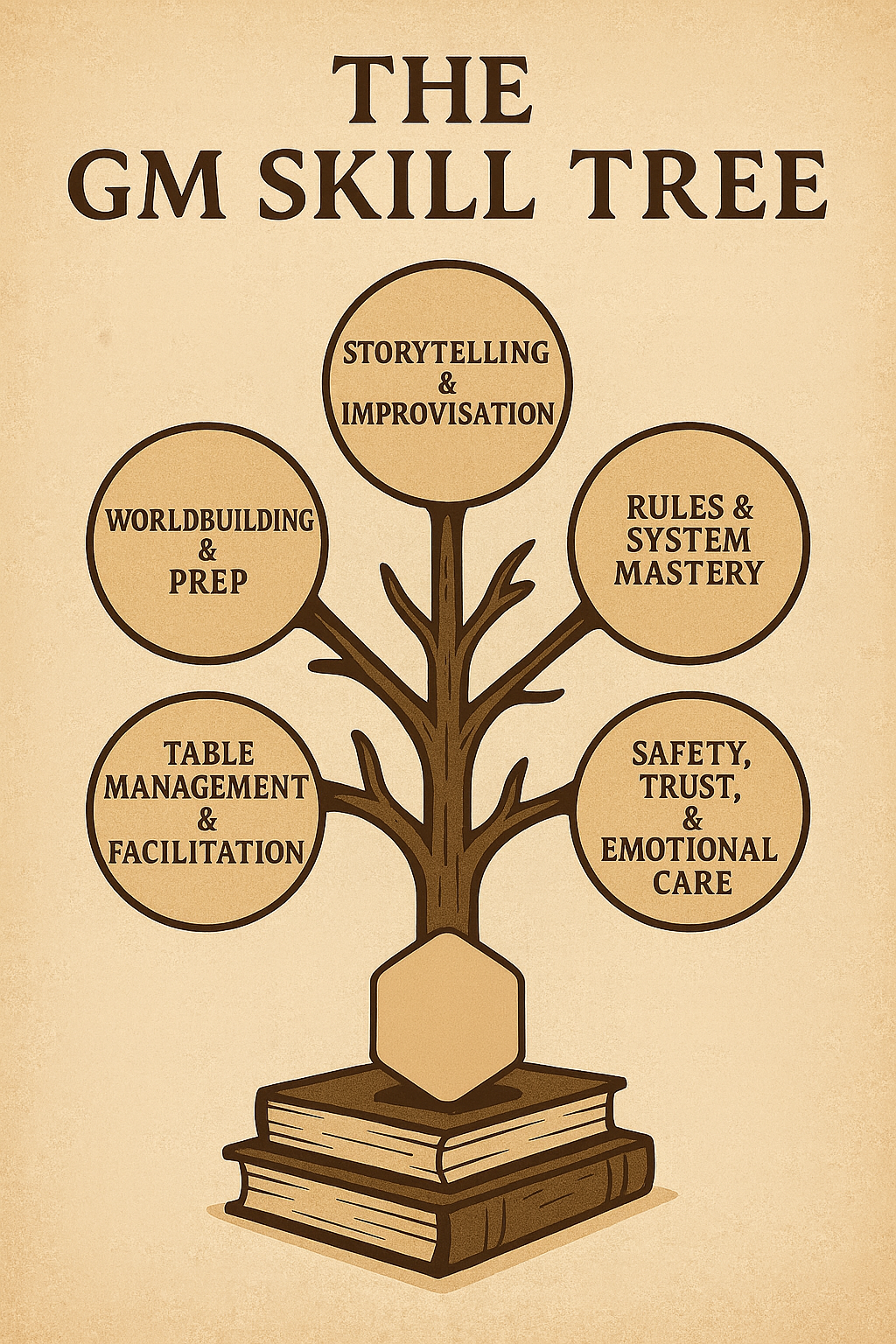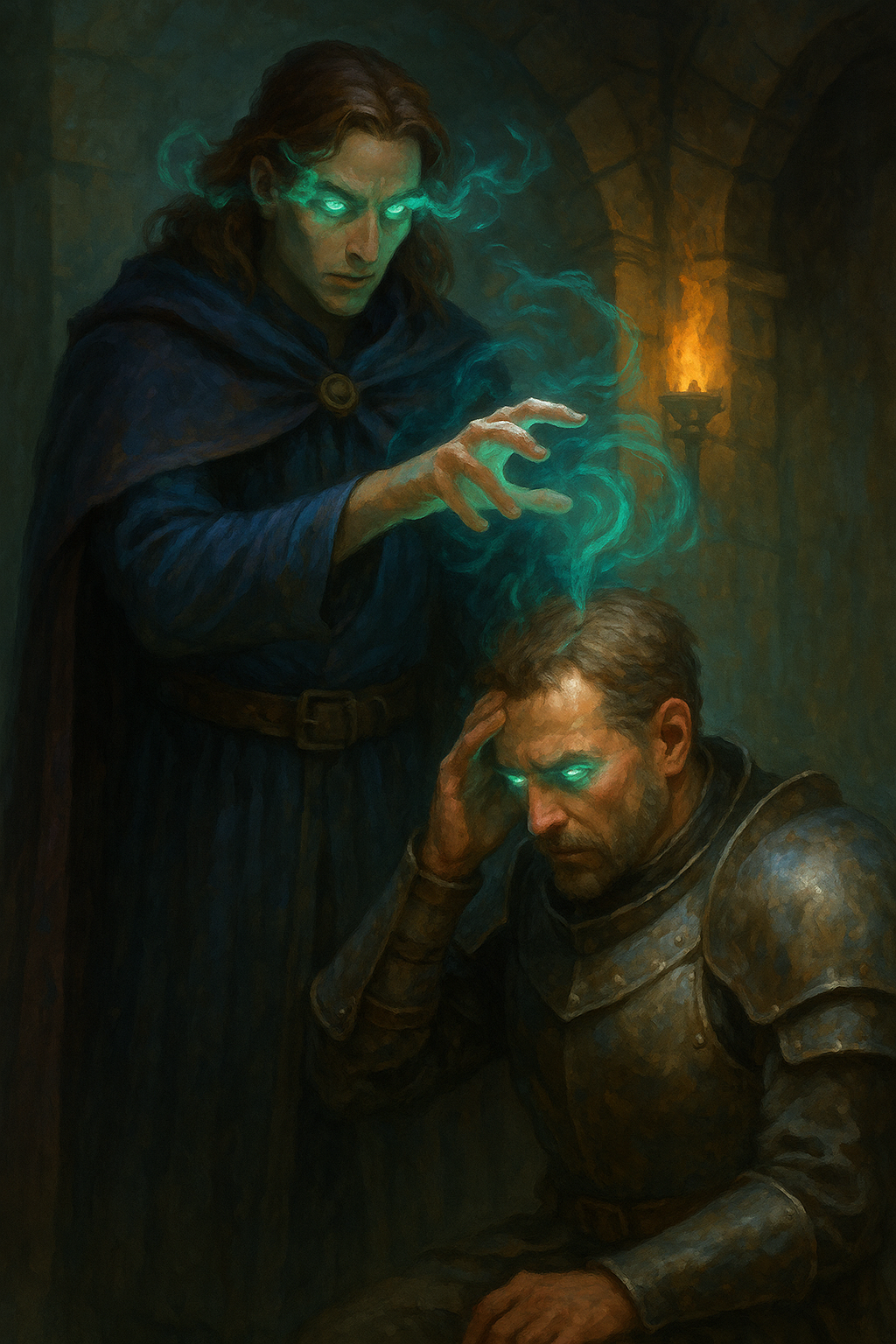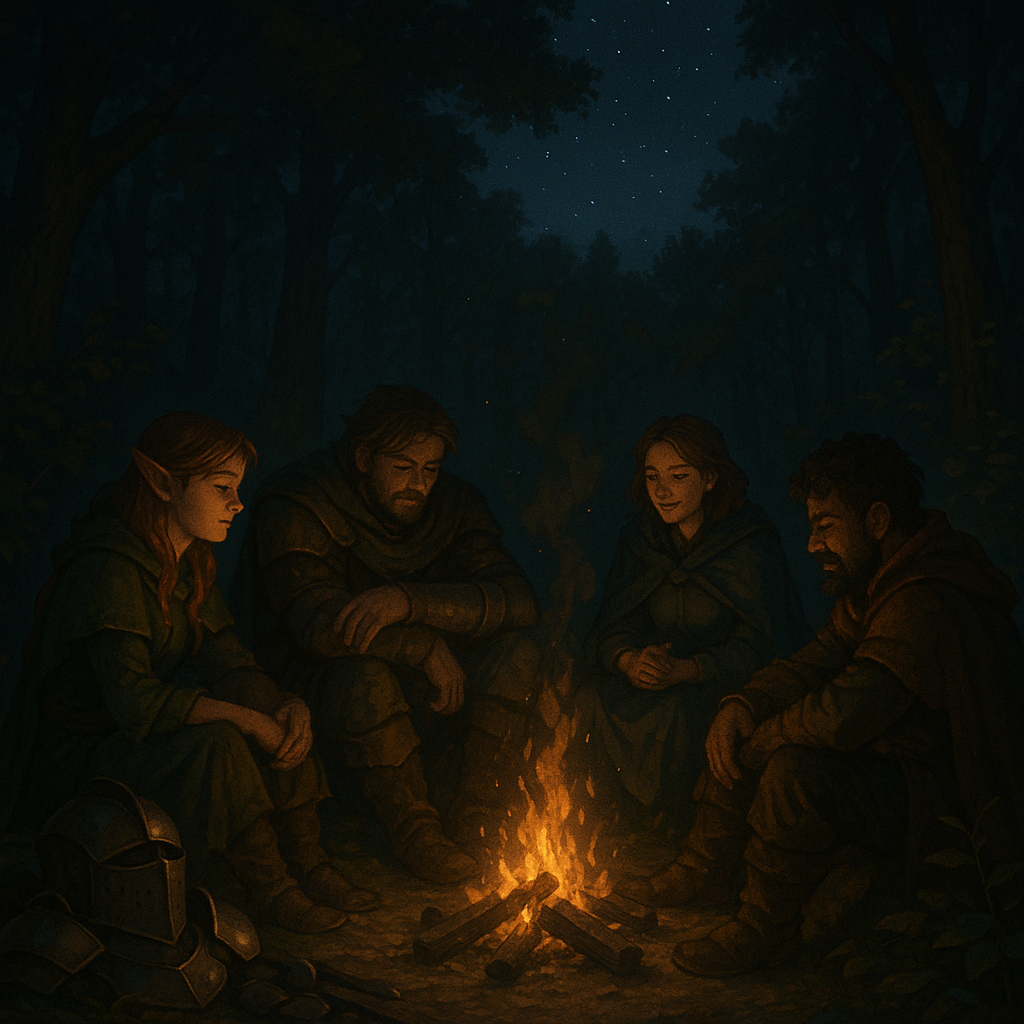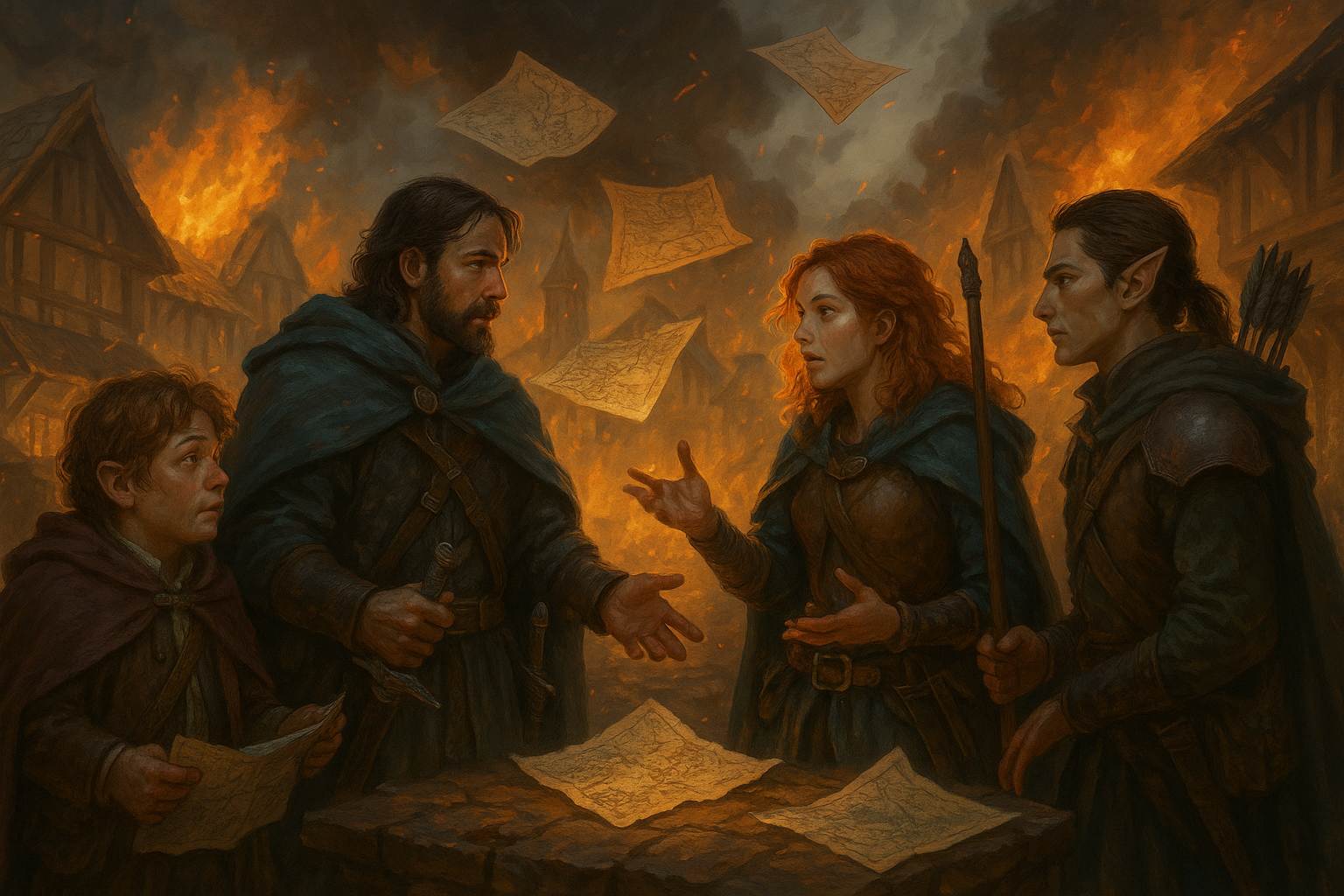The Role of Fate and Prophecy in D&D: Weaving Destiny into Your Campaign
The Role of fate and prophecy in D&D: weaving destiny into your campaign
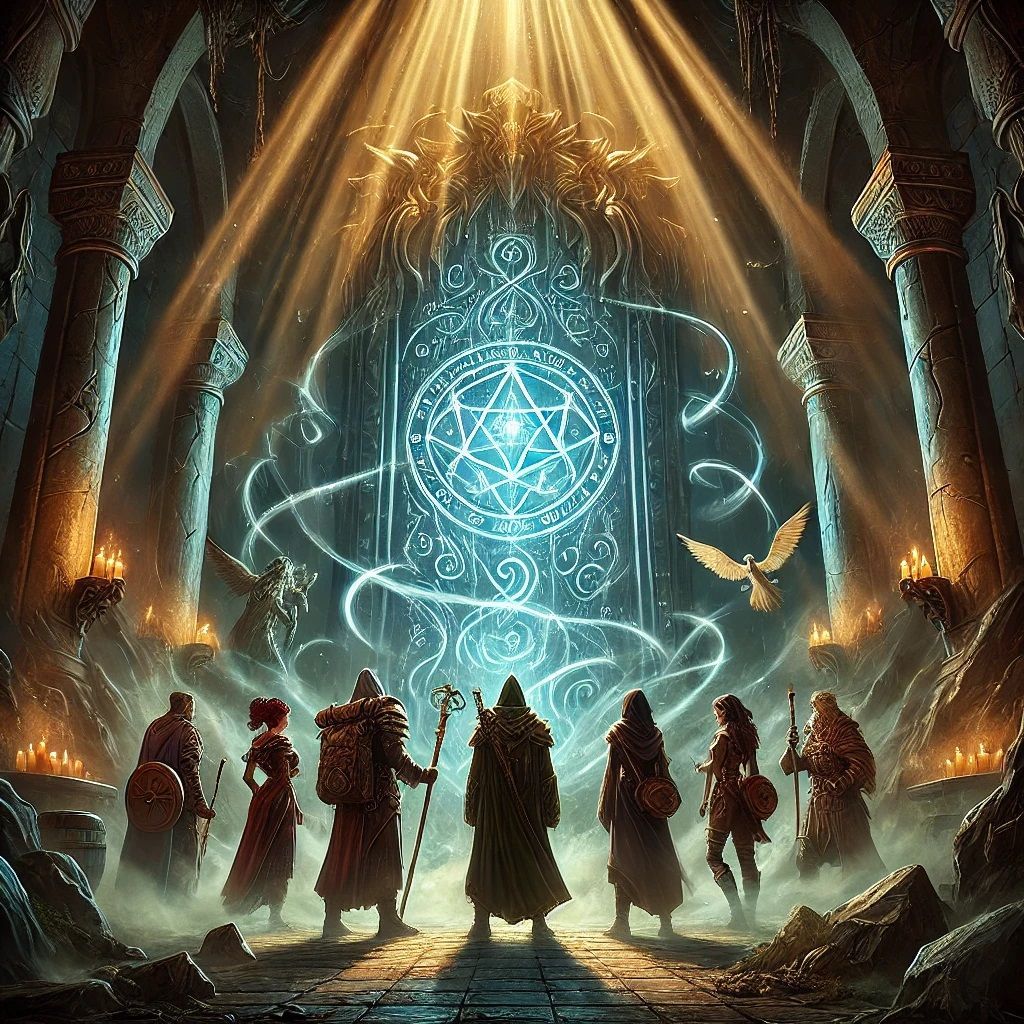
Dear Readers,
In the sprawling worlds of Dungeons & Dragons, few themes are as evocative as fate and prophecy. These narrative tools add a sense of grandeur to any campaign, transforming the journey of the adventuring party into something that feels both larger than life and deeply personal.
But how do you incorporate fate and prophecy into a campaign without overshadowing player agency? How do you ensure that the threads of destiny enhance, rather than restrict, the rich storytelling possibilities that D&D offers?
In this post, we’ll explore the allure of fate and prophecy, practical ways to integrate them into your game, and how to maintain a balance between preordained paths and the freedom of choice. By the end, you’ll be ready to wield these tools to craft unforgettable tales of destiny.
Why Fate and Prophecy Resonate in D&D
Fate and prophecy are classic elements in storytelling, from Greek tragedies to modern fantasy epics. In D&D, these themes create:
- A Sense of Purpose: They provide characters and players with goals that feel meaningful.
- Narrative Tension: The question of whether a prophecy will come true, and how, adds suspense to the story.
- Immersive Lore: Prophecies often tie into the world's history, deities, or cosmic forces, enriching the campaign setting.
Players love the idea that their characters might be "chosen" or have a role in shaping the world's destiny. At the same time, they appreciate opportunities to subvert or reinterpret those expectations.
Building a Prophecy
A well-crafted prophecy is at the heart of any fate-driven story. But constructing one that fits seamlessly into your campaign requires intention and creativity.
The Ingredients of a Good Prophecy
- Ambiguity: A prophecy should be open to interpretation, allowing players to speculate and debate its meaning. For example:
- "The blade of sorrow will end the reign of the tyrant." (Does the "blade" refer to a weapon, a person, or something else entirely?)
- Consequences: The prophecy must have stakes—what happens if it comes true, and what happens if it does not?
- Personal Connections: Tie the prophecy to the players' characters. This makes it feel like their choices matter within the context of the larger story.
- Flexibility: Leave room for adaptation. A rigid prophecy can stifle creativity, while a flexible one allows you to incorporate player actions.
Types of Prophecies
Not all prophecies are created equal. Here are some common archetypes to inspire your campaign:
1. Self-Fulfilling Prophecy
A classic narrative device, this type of prophecy is fulfilled because of the actions taken to prevent it.
- Example: A king, fearing a prophecy that his heir will betray him, casts out his child, inadvertently setting them on a path toward rebellion.
2. Conditional Prophecy
This prophecy depends on certain conditions being met, giving players the chance to influence the outcome.
- Example: "The phoenix will rise if the five keys are united." (The players might choose to seek the keys—or destroy them.)
3. Cryptic Prophecy
These are often vague and poetic, requiring players to decipher their meaning.
- Example: "Beneath the crimson star, the sleeper stirs." (What is the crimson star? Who is the sleeper?)
4. False Prophecy
Subverting expectations, a false prophecy can lead to surprising twists.
- Example: The players discover that a revered prophecy was a fabrication designed to manipulate them.
Delivering a Prophecy
The delivery of a prophecy is just as important as its content. Consider these methods:
- Dreams or Visions: A character receives the prophecy directly, perhaps in a dream or during a trance.
- Ancient Texts: The players uncover a prophecy in a forgotten tome or on a weathered stone tablet.
- Divine Interventions: A deity or celestial being shares the prophecy during a pivotal moment.
- Mysterious NPCs: An enigmatic seer or oracle speaks the prophecy, leaving the players to wonder about their motives.
Fate vs. Free Will: The Balance of Agency
One of the biggest challenges in using fate and prophecy is ensuring players still feel in control of their characters' choices. After all, D&D thrives on player agency.
How to Balance Fate and Freedom
- Focus on the "How," Not the "What": Even if a prophecy predicts an event, let the players decide how it happens.
- Example: The prophecy says the party will "bring peace to the fractured kingdom." Will they do this through diplomacy, conquest, or another path entirely?
- Subvert Expectations: Allow players to interpret or even defy the prophecy in ways that create compelling storylines.
- Example: A player might choose to embrace a villainous path to fulfill a prophecy, creating moral dilemmas for the party.
- Use Prophecy as a Guide, Not a Script: Treat the prophecy as a narrative tool rather than a strict roadmap. Adjust its interpretation based on the players' actions.
Fate in World-Building
Fate and prophecy are most impactful when woven into the world itself. Here are some ideas for integrating these themes into your campaign setting:
1. Cosmic Forces
Introduce forces such as gods, titans, or planar entities that are invested in the prophecy. These beings might aid or hinder the players based on their goals.
2. Cultural Significance
Make the prophecy a well-known part of the world's lore. Perhaps it's tied to an ancient empire, a lost civilization, or a prominent religion.
3. Artifacts of Destiny
Include magical items, locations, or relics associated with the prophecy. For example:
- A sword that glows in the presence of the prophesied "chosen one."
- A ruined temple said to hold the key to averting an apocalypse.
Integrating Fate into Your Campaign
Prophecies work best when they’re introduced early and built upon gradually. Here’s how to integrate them into your game:
1. Introduce the Prophecy Early
Plant the seeds of fate during Session Zero or the first few sessions. This ensures the prophecy feels like a natural part of the story rather than an afterthought.
2. Foreshadowing
Use subtle hints to foreshadow the prophecy’s events. For example:
- Mysterious symbols appearing in unexpected places.
- NPCs mentioning cryptic phrases tied to the prophecy.
- Dreams or visions that echo parts of the prophecy.
3. Develop NPC Reactions
How do NPCs view the prophecy? Some might revere it, while others dismiss it as superstition. These reactions can shape the players' perception of their role in the story.
4. Tie It to Player Backstories
Connect the prophecy to the characters' pasts or motivations. For example:
- A barbarian might be prophesied to restore their tribe’s honor.
- A cleric might believe their god has chosen them to fulfill a sacred duty.
The Role of Fate in Player Characters
Fate isn’t just for the story—it can also shape the development of player characters. Here are some ways to incorporate destiny into character arcs:
1. The Chosen One
A classic trope, this character is directly named in the prophecy. This creates opportunities for growth, as the character grapples with their role and its implications.
2. The Reluctant Hero
This character rejects their destiny at first, only to embrace it later. Their arc can focus on overcoming doubt or resentment.
3. The Skeptic
Not every character needs to believe in the prophecy. A skeptic might challenge its validity, leading to conflicts within the party.
4. The Catalyst
This character isn’t the prophesied one but plays a pivotal role in making the prophecy come true—or preventing it.
Challenges and Pitfalls
While fate and prophecy can enrich a campaign, they come with challenges. Here’s how to avoid common pitfalls:
1. Overemphasizing Fate
If the prophecy overshadows player agency, the game can feel like a railroaded story. Ensure players still have meaningful choices.
2. Lack of Payoff
Build toward a satisfying resolution. If the prophecy fizzles out or feels irrelevant, it can leave players disappointed.
3. Predictability
Avoid making the prophecy too obvious. Introduce twists or subversions to keep the players guessing.
Example Campaign Hooks
Here are some ideas to jumpstart your campaign with themes of fate and prophecy:
1. The Chosen Few
The players are all named in an ancient prophecy to stop a world-ending calamity. But the prophecy is incomplete—what roles do they truly play?
2. The Shattered Prophecy
An ancient prophecy was broken long ago, and the world has suffered ever since. The party must gather its fragments to discover its true meaning.
3. Prophecy of Betrayal
The prophecy foretells that one of the party members will betray the rest. Is it true, or a ploy to sow distrust?
Conclusion
Fate and prophecy add a layer of mythic grandeur to any D&D campaign. They provide players with a sense of purpose, challenge their understanding of destiny, and weave their actions into the fabric of the world. By crafting ambiguous yet meaningful prophecies and balancing them with player agency, you can create a campaign that feels both epic and personal.
So, as you embark on your next adventure, consider how fate and prophecy can shape the journey. Will your players embrace their destiny, defy it, or carve a path all their own?
Until next time, Dear Readers…

















